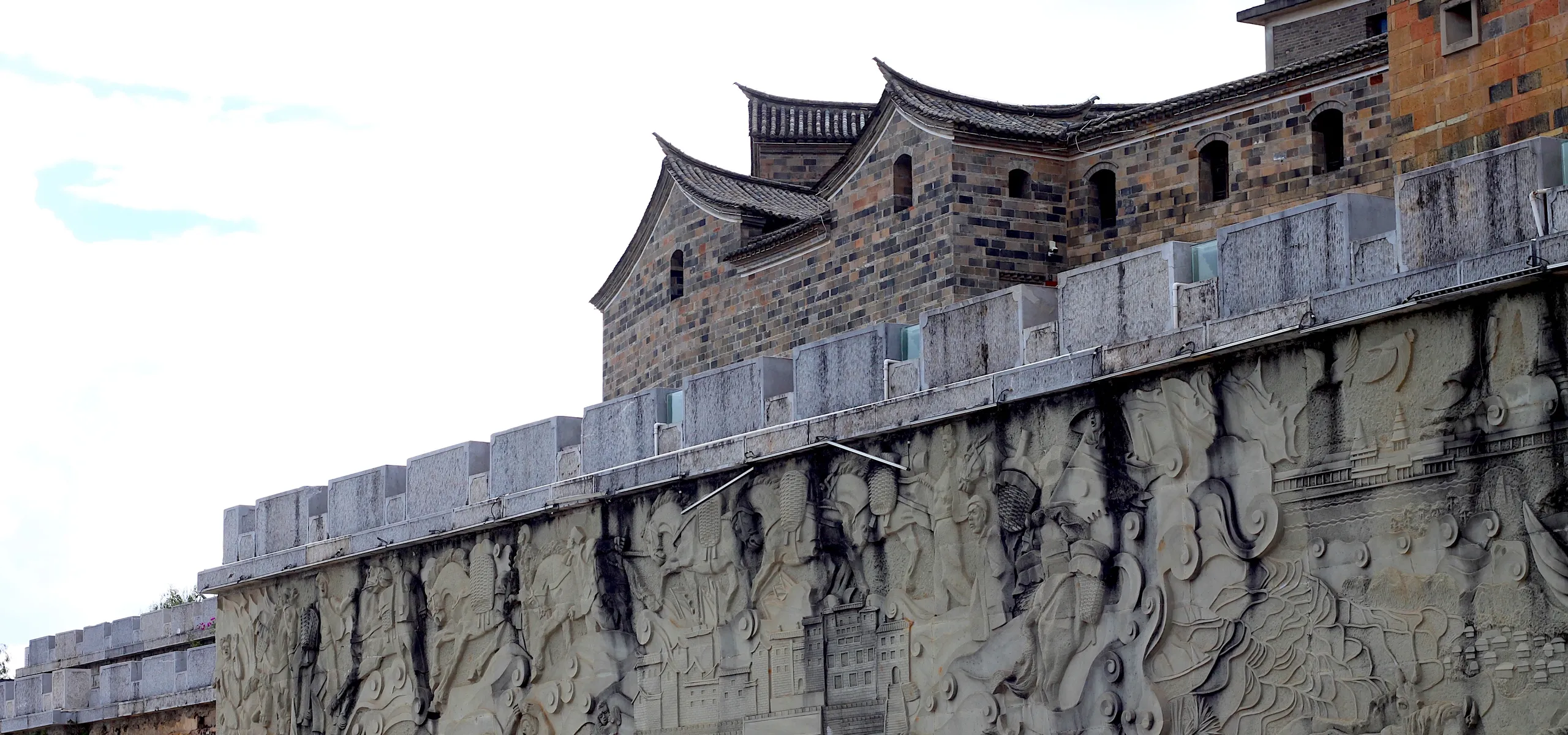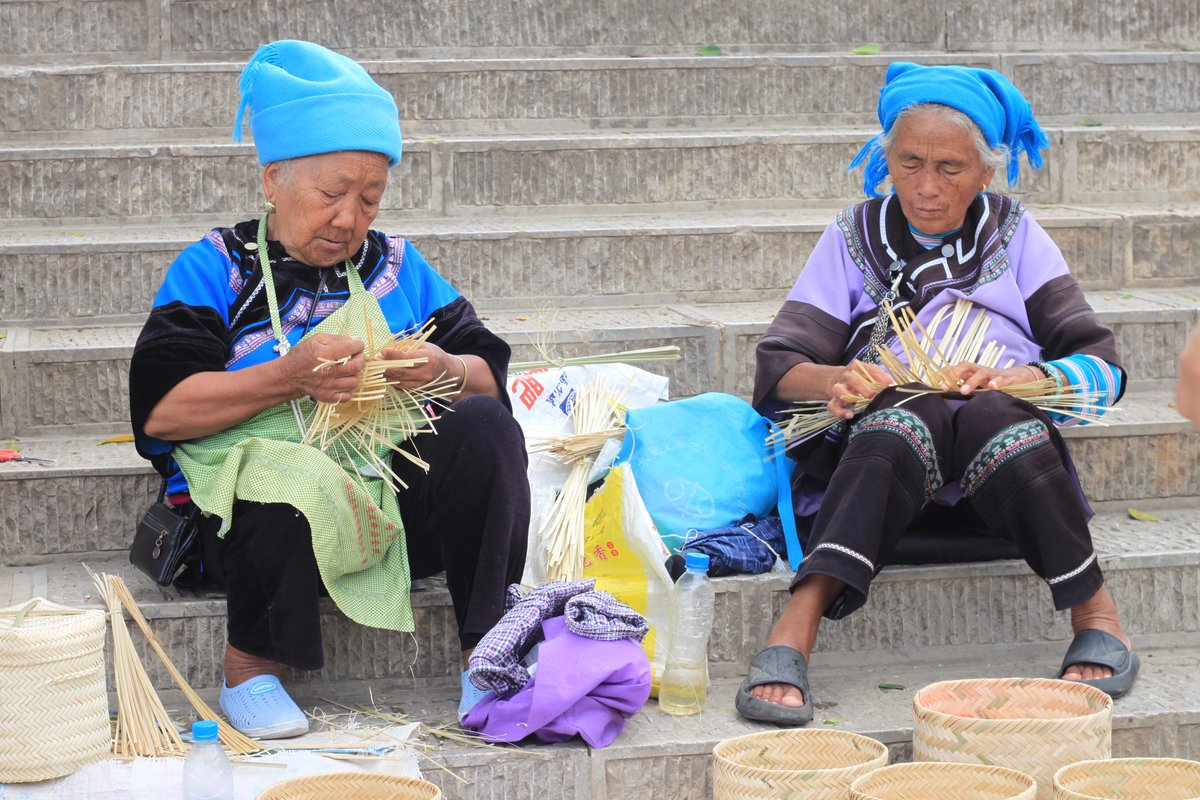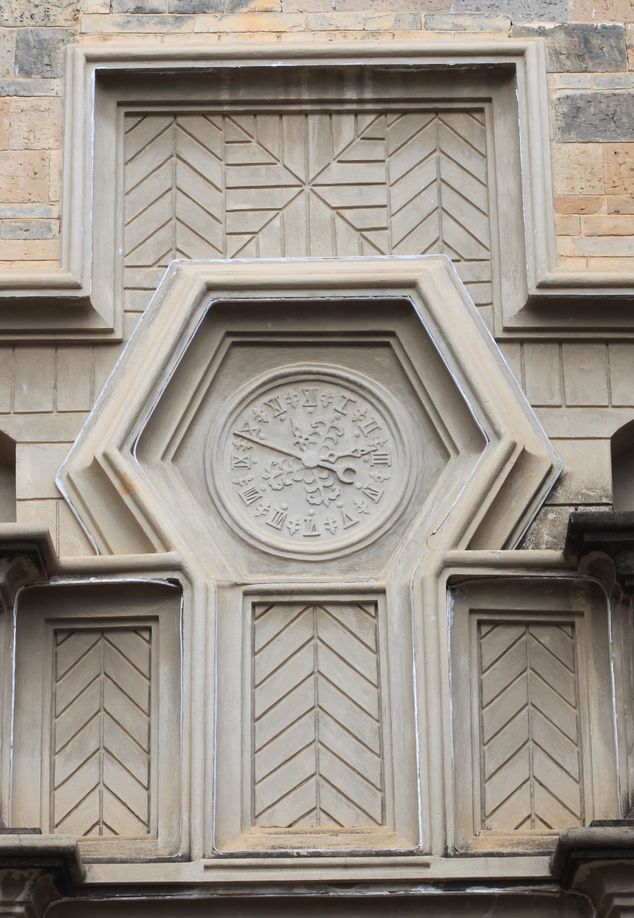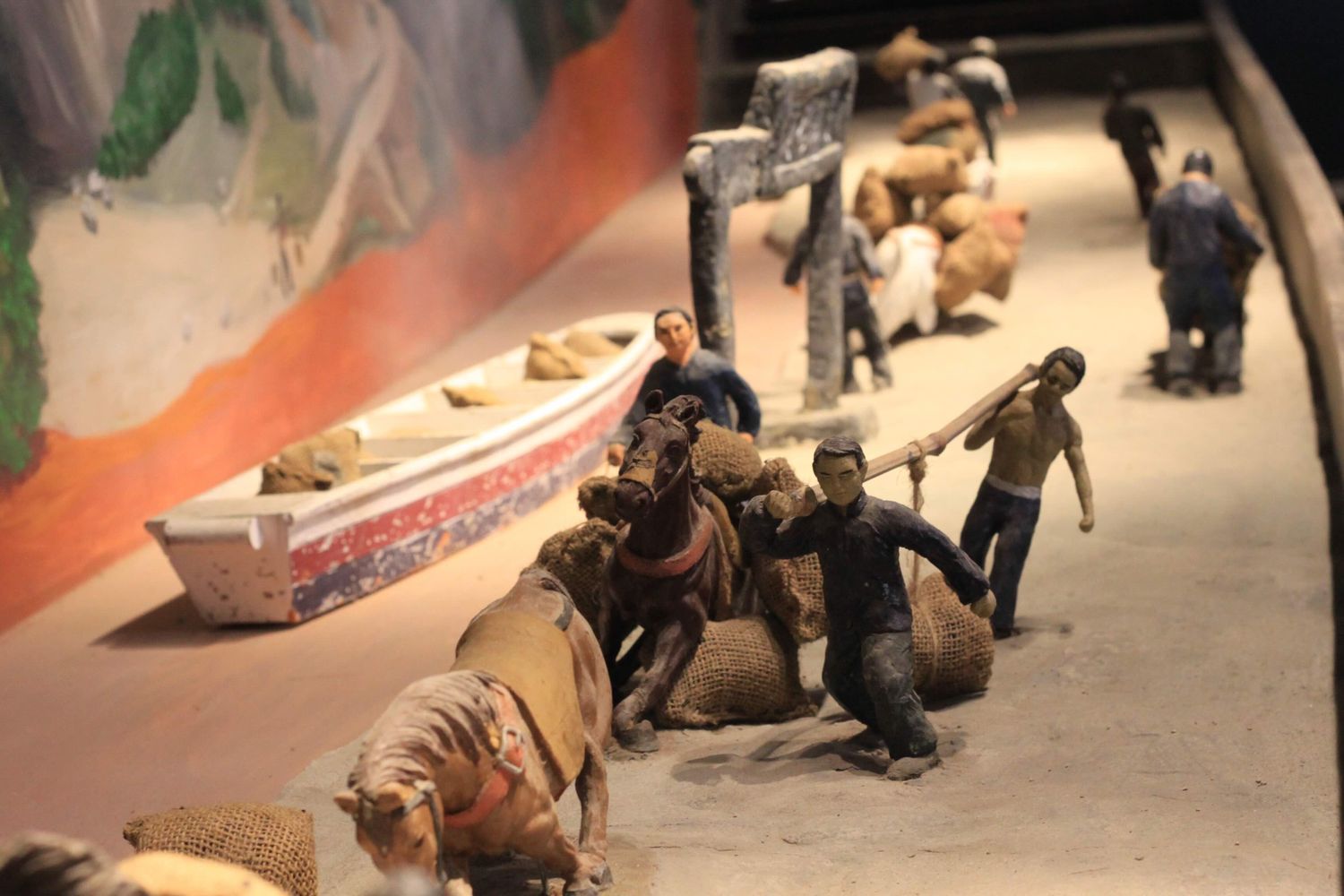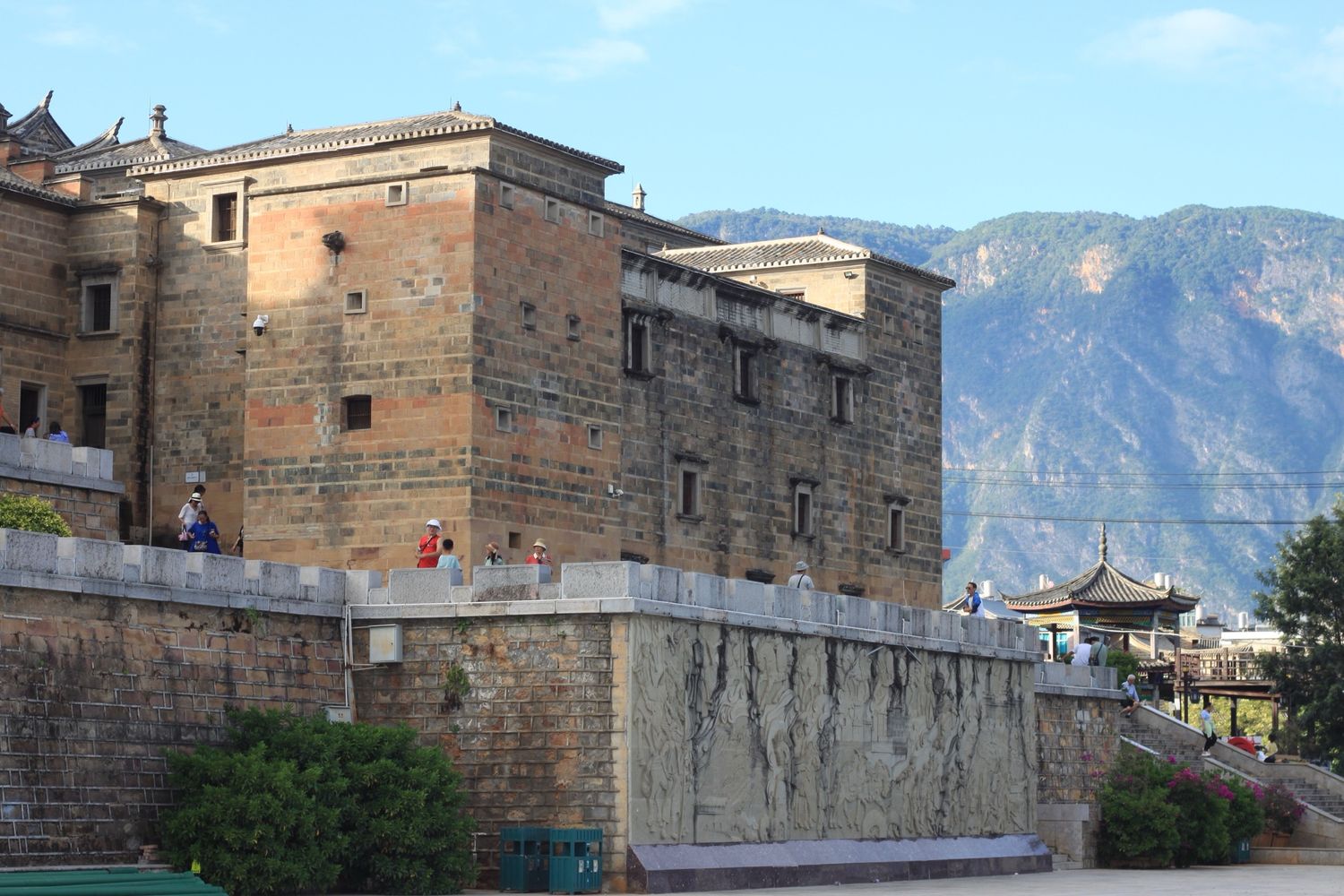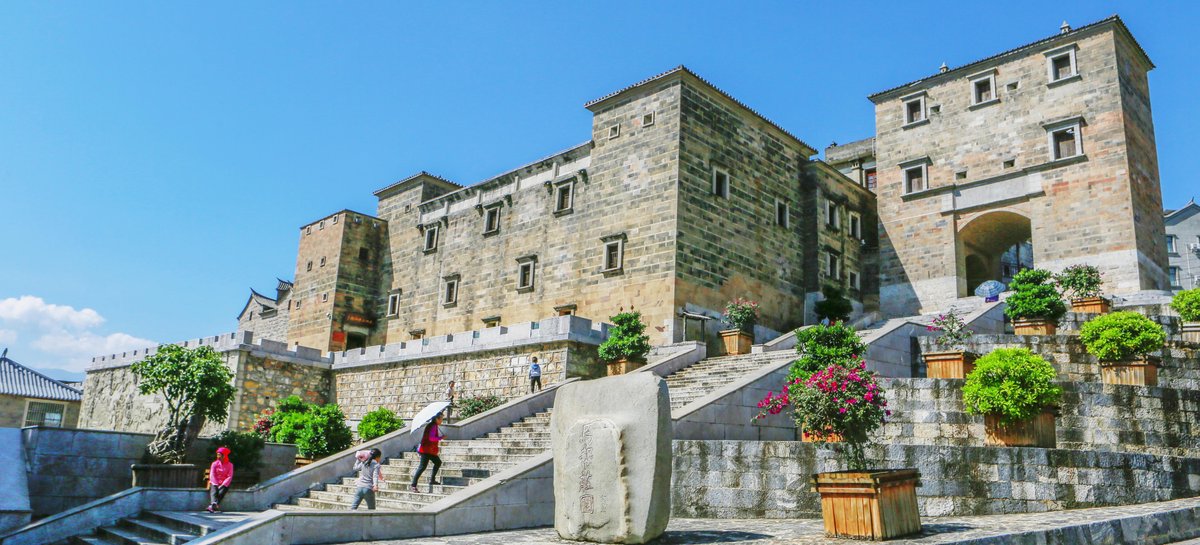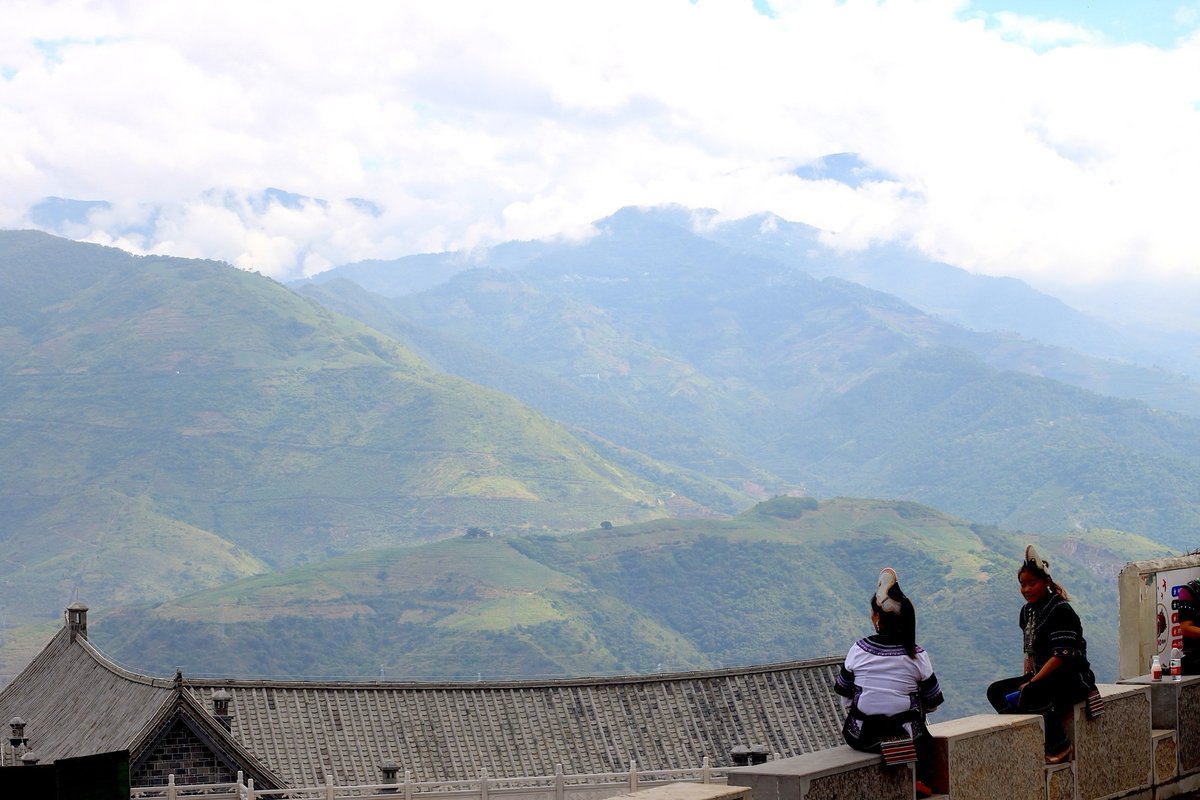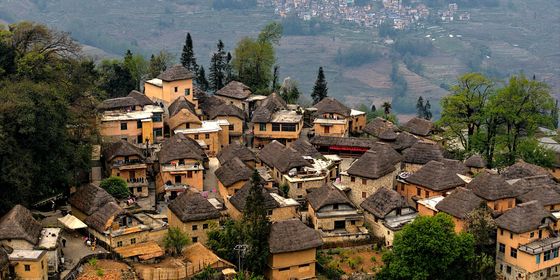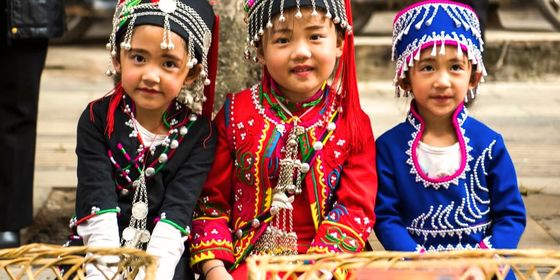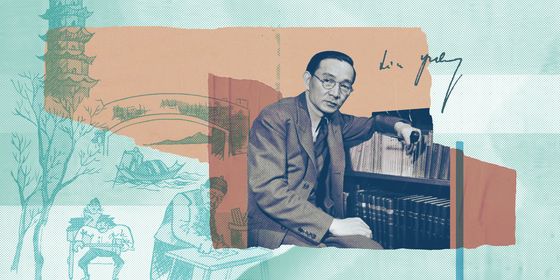A town in Yunnan province stands as a testament to the riches of China’s ancient cross-border horse riding gangs
I’m almost close enough to touch the clouds above me as my car slowly winds up the steep roads of Yisa, a small, remote town in Yunnan’s Honghe county that sits atop the towering Ailao Mountains. After 15 minutes of driving through the hilly town center, a slight traffic jam and a change in architecture indicate that I’m getting closer to Mabang Ancient City, home of the ancient Yisa Horse Gangs.
Yisa used to be a three-hour drive from the prefecture capital of Mengzi, but it now takes just over an hour via the newly constructed highway. Where one now hears the sounds of drills and hammers working to expand Yisa’s tourism center, the clopping of horse hooves and the clinging of bells once echoed throughout the endless mountain roads of southern Yunnan province. Locals around Honghe still share stories of the Yisa Horse Gangs—legendary, fearless traders who trailblazed the first cross-border trade routes from Yunnan to Southeast Asia from 1853 to the 1940s.
These treacherous routes would later develop into prosperous trade channels, building the foundation for the exchange of valuable foreign commodities and the immersion of Western culture into Yunnan. Prized goods that flowed through these routes included handmade leather items, sought-after cameras, luxury products like French clocks and Swiss watches, opium, and exotic animals. These treasure-filled paths also led to the construction of some of the most exquisite architectural works in Yunnan.
New construction engulfs the outer edges of Mabang as I weave my way through the traffic jam. The surroundings slowly blend into a mixture of older buildings, mostly built with wood and stone during China’s Republican Era (1912 – 1949). Finally, as the route begins to level after what felt like endless uphill driving, a peculiar structure slowly appears in the distance: I’ve finally arrived at the fortress-like Mabang Ancient City. After parking next to a two-story Qing dynasty (1616 – 1911) pavilion, bustling with the sounds of Chinese chess pieces being slammed down by retirees and the chattering Hani minority folks, I’m greeted by one of the most distinguishable structures of the ancient complex, the East Tower Gate.
The ancient city, whose construction was mainly funded by the wealthiest leaders of the horse gangs in the Republican Era, doesn’t seem like it was designed and built by the sturdy hands of local Chinese. Instead, many who take their first glance at the stone buildings will guess they’ve come across a small castle in the countryside of Europe. East Tower Gate, built with a mixture of red and gray stones, is a three-floor rectangular structure with multiple windows and gun-hole slits peeking out from above. As the last remaining of the four original gate towers that guarded the once-prosperous town of Yisa, the tower continues to stand strong. With the sturdy wooden doors now locked up, I walk under the grand arch corridor below to continue my path toward the main entrance of Mabang Ancient City.
Pondering across the bluestone slabs of Yisa’s bustling streets, tourists are heckled over to purchase local delicacies and handwoven crafts from Hani salespeople, who are often decked out in their traditional black and navy-blue attire. Though most of the traders from the horse caravans were of Yi descent, Honghe township’s current population of around 350,000 is 81 percent Hani. Two older Hani women, diligently weaving different styles of baskets shout out to me, “Do you want to buy a basket? They’re 30 yuan a piece.” They tell me they’ve been coming to sell in the town for the past 20 years, and each basket takes two to three hours to weave. “I’m happy if I can sell five a day,” one tells me, before shifting her attention to other, more eager tourists asking for prices.
The ancient city of Mabang covers over 20,000 square meters and there are over 120 rooms in the fortress alone. The grand fortress, with its eye-catching hybrid combination of Western and Eastern architectural styles, took seven years to complete, ending in 1944. Many of the historical buildings still standing in Yisa reflect the eras they were built in, with the tiled roofs embodying the Qing dynasty and the extravagant courtyards decorated with countless flowers a product of the ritzy Republican warlords. Apart from the towering East Tower Gate, the two other main attractions are Yao Zhaozong’s Residence, the former home of one of the most legendary horse traders; and Qian Erguan’s Courtyard, also referred to as “The Maze,” a beautiful Chinese-western hybrid design courtyard built by the local tycoon who became wealthy off of the horse caravans.
The ancient city’s perimeter walls and towers were meant to defend against thieves and soldiers who once attempted to ransack the city. Grand Roman columns and various Western crosses carved into the entrances above the outer wall doors are scattered throughout the ancient city’s dark, hidden pathways. As I walk up to the entrance of Yao Zhaozong’s Residence and wait for my local tour guide Xiao Fen to arrive, I glance over at the slew of tourists posing for photos with an intricately carved French-style clock above the entryway.
Cross-border cowboys
In the Yi language, Yisa means “lack of water,” a reference to the area’s once extremely dry terrain. Just like the original settlers, many of today’s Yi and Hani villagers are still highly dependent on agriculture. Similar to Gejiu, another mountainous city in Honghe rich with mineral ore deposits, the town of Yisa was once a major source of copper. During the reign of the Qianlong Emperor (1736 – 1795), Yisa became a magnet for people from across the country, looking to make it rich off the mines.
The area flourished for the next hundred years, till the mines finally closed in 1853 due mainly to the depletion of mineral resources. Merchants and businessmen began relocating to other nearby cities such as Shiping and Jianshui, where the trading economy was still thriving. The Yisa locals, accustomed to the prosperity brought in from the mines, and unwilling to leave their hometown, were forced to seek new channels to support themselves.
During the Tang dynasty (618 – 907), Pu’er (previously known as Simao) and Xishuangbanna, famous tea-producing regions in Yunnan, had become important hubs along the Yunnan-Tibetan Tea Horse Road. The Tea Horse Road’s trade network was vast, stretching out to countries such as Nepal, India, and Myanmar, with the prized commodity being tea from Yunnan. Tea was transported north to Tibet in exchange for highly sought-after Tibetan horses.
The prosperous trade along the route also caught the attention of the Pula people (a branch of the Yi) in Honghe. Due to the lack of local resources, trade once again became the most viable livelihood in the area after the closure of the mines. Yi merchants began to seek new markets for daily necessities, local handmade products, salt, and food produced in the Honghe region. Their goal: to form their own trade routes branching off the Yunnan-Tibetan Tea Horse Road network.
In 1853, the first horse caravan would depart from Yisa, transporting products to destinations within Yunnan. Eventually, other routes would form, including for the salt mine trade—probably in contravention of the government-imposed monopoly on the salt trade at the time—to border cities with Vietnam and Myanmar, such as Jinping and Mengla. A caravan gang led by Ran Shikong, would venture out in 1881 and arrive in Lai Châu, Vietnam, two years later, thus becoming the first group to lead an expedition across Yunnan’s borders. This new milestone would forever change Yisa’s trading caravans and their town’s future.
In 1907, Yisa caravan traders would reach Luang Prabang, Laos. From 1912 to 1949, the heyday of Yisa caravans, the increasingly lucrative trade routes would extend out even further south to Thailand and Myanmar. In all, traders from Yisa would eventually establish 11 transnational trading connections with over 18 countries throughout Southeast Asia. Today, Honghe county is ranked as the second largest hometown of overseas Chinese from Yunnan, with many Southeast Asian diaspora Chinese having ancestral roots in these horse gangs.
The Yisa gangs’ trade became so lucrative that they even established and developed cross-border enterprises that would spin a web of trading posts throughout Southeast Asia. They would later be recognized among the three most notable horse gangs in China and Southeast Asia: The “Guang Gang (traders from Guangdong and Guangxi),” the “Han Gang (traders of Han ethnicity from throughout Yunnan province),” and the “Yisa Gang” from Honghe.
Wealth and horses
Our young tour guide Xiao Fen arrives and begins leading us through the first floor of Yao Zhaozong’s massive residence, speaking loud and clear over the chattering of tourists. Walking through the kerosene lantern-lined halls, I can feel the culture and riches that were collected through the adventures of the Yisa Horse Gangs. Yao, a wealthy horse gang boss who built the residence after developing a prosperous caravan business, was heavily influenced by his travels abroad and made his three-story villa a melting pot of different cultures: importing French cement carried on horseback from Vietnam and hiring a French engineer to design the three-story residence. At one point, the French-inspired complex was fitted with stained-glass windows and beautiful multi-colored tiles from foreign lands.
The 1930s and ’40s were the golden era of the Yisa trading caravan’s expeditions, with the most notable and profitable gangs being the Xiabazi and Zouyan. The “Zouyan gang (走烟帮),” which translates to “tobacco-trading gangs,” were Yisa traders who took advantage of an initial opium ban that was announced during the end of the Qing dynasty period in 1906. Risking their lives, Zouyan gangs would purchase opium from Southeast Asian countries, primarily Thailand, Laos, Myanmar, and Vietnam, and smuggle it back to sell at premium prices, reaping enormous profits. “Xiabazi (下坝子),” which means “going down to the flatlands,” refers to the Yisa people who conducted business and distributed local products in those Southeast Asian countries where the terrain is flat and valleys wide. Both horse gangs started in 1853 and ran their last expedition in 1949, when the Communist Party of China came into power.
However, these lucrative trade routes weren’t without their risks and dangers. The horse gangs of Yisa, aware of the perils of their long journeys, prepared by stockpiling weapons and training their own armed personnel to accompany their valuable trading caravans. Yet, guns couldn’t protect them from everything.
Locals claimed that there were three main dangers that could stop the Yisa gangs from coming back alive with their valuable treasures obtained abroad. The first was wild beasts that would pounce on the sleeping traders in the middle of the night. The second was bandits and soldiers who would lie in ambush waiting for the Yisa gangs to return to China with their sacks full of riches. The third, and the most dreaded, was malaria.
***
A narrow pathway guides me over to the entrance of Qian Erguan’s Courtyard. I immediately understood why the structure, which encompasses eight patios and 44 rooms on two floors, is known as “The Maze.” Its endless walkways can easily muddle unsuspecting tourists. The courtyard has been transformed into a performance stage, entertaining older tourists with the legendary stories of the horse gangs, while crowds of young photographers dash around the wide-open balconies on the second floor to catch a scenic shot of the Ailao Mountains.
While partly following Xiao Fen’s tour group, I take my time strolling around to take a longer look at the information in the glass display cases that have taken over the former living quarters. As the late afternoon sun shines over Qian Erguan’s Courtyard, casting a darker shadow over the already fading light within the creaky hallways, a staff member shouts anxiously “It’s 5 p.m. We are now closed. Please make your way to the exit below.”
Though the horse-tea trade routes are now just desolate dirt roads, the wealth and development they ushered into Yunnan and Honghe county will never be forgotten. The ancient city of horse gangs, a unique fortress above the low-hanging clouds, remains as a remnant of an era when the hybridization of cultures formed, instilling a local culture that can retrace its origins across the world.
Though the people of Honghe, forever rooted to the red dirt, may not hear any new tales of dare-devils returning from abroad, guides and history buffs can still retell the remarkable stories of the Yisa horse gangs that changed the fortunes of this one small corner of Yunnan—and the world.





